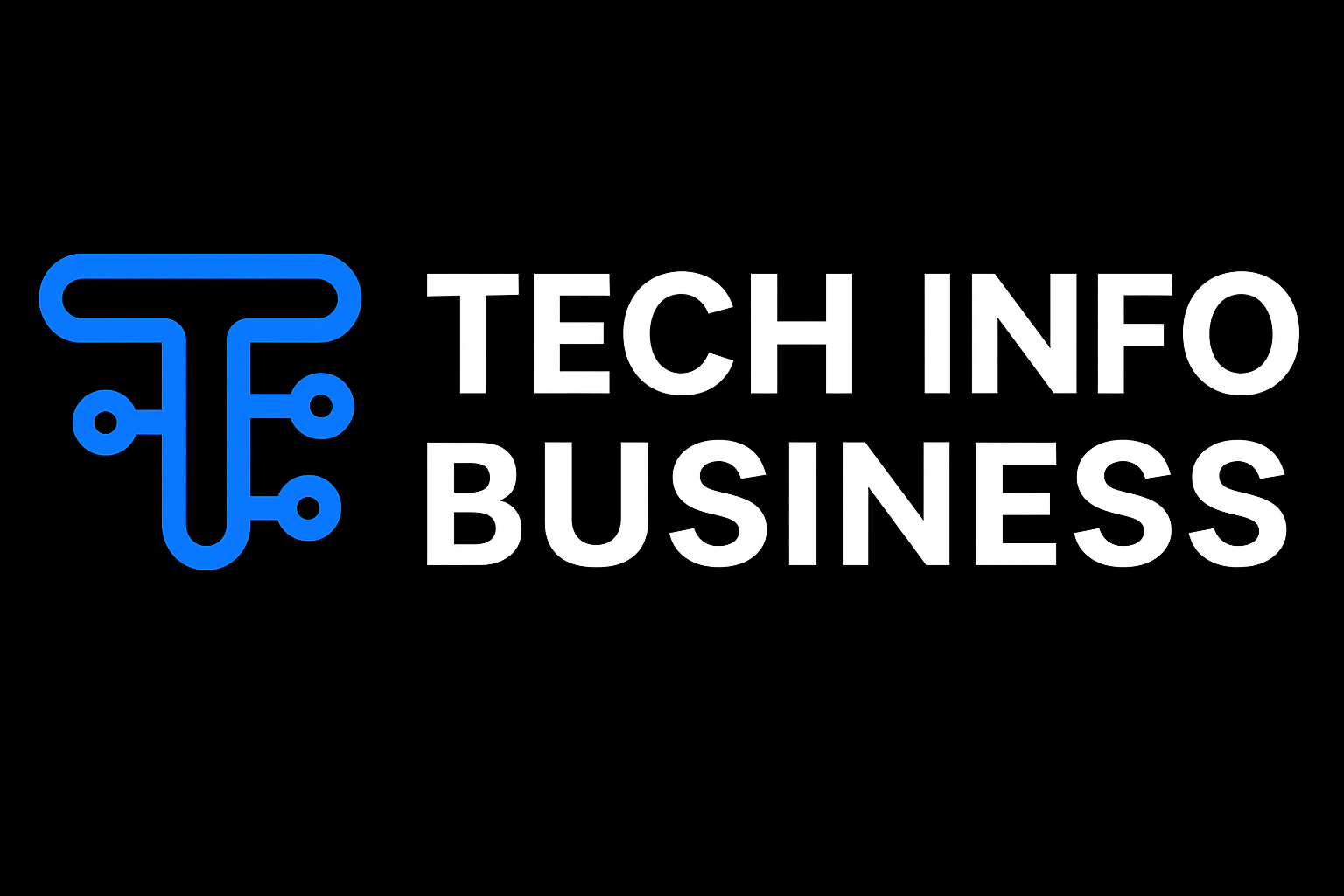Note: This article explains what Buy Yahoo PVA accounts are, why some people buy them, the risks involved, how to evaluate sellers, and safer/legal alternatives. It does not provide instructions to bypass verification or commit fraud. Always follow Yahoo’s Terms of Service and local laws.
What is a Yahoo PVA account?
A Yahoo PVA phone verified account is a Yahoo Mail account that has completed phone number verification during setup. Phone verification is a common step for email providers to reduce bots, prevent abuse, and add a recovery method. A PVA typically has:
- A working email address
- A linked phone number used to receive the verification code.
- Often additional profile data (name, recovery email) depending on how it was created.
- Varying levels of “freshness” or activity (brand new vs. aged/used).
People refer to accounts as “PVA” to indicate that the account is verified and therefore less likely to trigger anti-abuse systems when used for legitimate operations like newsletter signups, marketing tools, multi-account management, or testing.
Why do people buy Yahoo PVA accounts? (Motivations)
There are legitimate-sounding reasons people seek PVAs, and there are questionable ones. Common motivations include:
- Marketing automation & testing: Marketers sometimes need multiple accounts to test deliverability, workflows, or sign up test users across platforms.
- Account recovery & redundancy: Small businesses that want multiple recovery channels or backup accounts.
- Bulk registrations: Some services require an email-per-account; businesses may buy accounts to populate test or demo systems.
- Legacy/aged accounts: Aged or established accounts can sometimes face fewer friction checks on certain platforms (but this is platform-specific and risky).
- Convenience: People who don’t want to go through phone verification for many accounts.
Important: many of these uses are achievable by lawful, transparent means (e.g., using business accounts, test accounts from services, or proper infrastructure). Buying accounts is rarely the recommended first choice.
Key risks and why caution is crucial
Buying PVA accounts carries a range of risks legal, financial, and operational. Understand these before proceeding.
1. Violation of Yahoo’s Terms of Service
Most email providers including Yahoo prohibit selling or transferring accounts. Using purchased accounts can violate terms and lead to account suspension, termination, or other penalties.
2. Security & privacy risks
- Seller access: The original creator/seller may retain access or know the linked phone number and recovery details.
- Compromised data: Accounts could be pre-seeded with malware, suspicious links, or used for laundering activity.
- Credential reuse: Sellers sometimes use the same phone numbers or recovery emails across batches, increasing risk.
3. Fraud & scams
The market for bought accounts is rife with scams. Sellers may take payment and deliver inactive, suspended, or already-reclaimed accounts. Chargebacks, escrow failures, and fake guarantees are common.
4. Reputational and deliverability risks
If you use purchased accounts for outreach, mailing, or registering on other platforms, you risk poor deliverability and being blacklisted. Many platforms track patterns and can flag mass registrations from purchased accounts.
5. Legal exposure
Depending on jurisdiction and intent, using bought accounts to engage in spam, impersonation, fraud, or abuse can lead to civil or criminal penalties.
6. Loss of control
Accounts can be reclaimed, disabled, or hijacked. You may lose access without recourse.
If you still consider buying: due diligence & red flags
If, after weighing risks, you still consider purchasing, practice strict due diligence. This section lists safer evaluation steps and red flags to avoid. (This is informational — not endorsement.)
Due diligence checklist
- Reputation of seller: Check long-term reputation, independent reviews, and community feedback. Prefer sellers with verifiable on-chain or documented track records (but even that is not foolproof).
- Proof of ownership at time of sale: Ask for a live demo where the seller logs in and shows the verification flow in real time. Insist on changes that transfer full control (recovery email, password change, phone number unlinking) immediately during sale.
- Unique phone number: Confirm that the phone used for verification is unique to the account and not a shared, disposable, or virtual number service that others can access.
- No prior misuse: Ask whether the account was used to violate policy anywhere (this is often unverifiable).
- Payment protection: Use payment escrow or platforms offering buyer protection. Avoid direct transfers without safeguards.
- Change all credentials: Immediately change password, recovery email, and unlink any seller-owned phone number if possible.
- Check account metadata: Look for suspicious activity, unexpected forwarded messages, or developer app access.
Red flags avoid these
- Too-cheap prices: Extremely low prices indicate bulk, recycled, or low-quality accounts.
- Shared verification numbers: Sellers offering “phone verified by shared numbers” are high risk.
- No live verification demo: If they won’t demonstrate control at the moment, walk away.
- High-pressure tactics: Sellers pushing “limited stock” or urgent buys often use manipulative sales tactics.
- Requests to use untraceable payment methods: Insist on traceable payments; avoid sellers asking for gift cards or obscure crypto without escrow.
- Lack of refund policy: No refunds or unclear guarantee terms are a red flag.
Payment safety & transfer best practices
If you choose to proceed, take steps to protect the transaction:
- Use escrow: Third-party escrow services protect both buyer and seller until the buyer verifies the account as promised.
- Test first: Pay for a small sample before larger purchases.
- Change everything immediately: After purchase, change the account password, recovery email, security questions, and ideally replace the phone verification with your own number if supported.
- Document the transfer: Keep chat logs, transaction receipts, and any verification evidence for future disputes.
- Avoid sharing personal financial info: Only share what’s necessary for ownership transfer.
Alternatives to buying Yahoo PVA accounts (recommended)
Buying accounts is rarely necessary. Here are safer, legal alternatives that achieve similar outcomes without the risks.
1. Create accounts legitimately
For testing, marketing, or operations, create your own accounts and verify them using your phone or company numbers. Use a structured process:
- Use company-owned phone numbers (VOIP/business lines) that you control.
- Maintain a central inventory of accounts and recovery details.
- Use proper metadata so accounts are auditable.
2. Use business or enterprise services
Many providers offer business/enterprise email solutions or sandbox/test accounts tailored for development and scale:
- Yahoo Business / Yahoo Small Business alternatives or Google Workspace provide managed, domain-based email services with administrative control.
- Transactional email providers (SendGrid, Mailgun, Amazon SES) for outreach and deliverability testing — they’re designed for bulk email and provide analytics.
3. Disposable numbers & verification services (with caution)
If you need phone verification occasionally, use reputable, paid verification services that provide dedicated numbers for your account verifications (not shared, disposable public numbers). Always confirm they comply with platform rules.
4. Partner with vendors legitimately
If you need accounts as part of a service, partner with platforms or vendors that can legally provide managed accounts and compliance guarantees.
5. APIs & sandboxes
For app development that needs email verification flows, use APIs or platform sandboxes that simulate verification flows without using real accounts.
Best practices for safe account management
Whether you create or buy accounts (recommended: create), adopt enterprise-grade practices:
- Centralized account inventory: Track credentials, creation dates, recovery methods, and usage logs in a secure vault.
- Use a password manager: Store credentials securely and share access using access controls rather than passing passwords via chat.
- MFA & recovery controls: Add multi-factor authentication (MFA) and set company-owned recovery emails/phone numbers.
- Rotate credentials: Regularly rotate passwords and phone verifications for critical accounts.
- Audit & logging: Keep logs of account activity and administrative changes.
- Compliance checks: Ensure account usage complies with anti-spam laws (CAN-SPAM, GDPR, etc.) and platform terms.
Common use-cases and safer implementation examples
Below are typical reasons people consider PVAs and how to implement them safely.
Use-case: Bulk testing of sign-up flows
Safer approach: Use test accounts you create and label clearly. Use provider sandboxes or staging environments rather than production systems.
Use-case: Marketing outreach
Safer approach: Use verified business email domains and reputable ESPs (email service providers) to maintain deliverability and comply with laws.
Use-case: Customer support or shared inboxes
Safer approach: Use shared mailboxes or delegation features in business email services; avoid sharing passwords by using delegated access.
Ethics & compliance think beyond convenience
Buying accounts might appear convenient, but it often shifts risk to others and undermines platform safety. Ethical considerations:
- User safety: Purchased accounts can be used to deceive or impersonate.
- Platform integrity: Mass buying of accounts undermines trust on online platforms.
- Legal responsibilities: As an operator or marketer, you’re responsible for compliance with anti-spam, consumer protection, and data laws.
Always document your decision, obtain legal counsel if in doubt, and prioritize transparent, authorized channels.
Frequently Asked Questions (FAQ)
Q: Are Yahoo PVA accounts illegal?
A: Not inherently. The legality depends on how they were obtained and how they are used. Selling/transferring accounts may violate Yahoo’s Terms of Service, and using accounts for abuse can be illegal.
Q: Can I remove the seller’s access after purchase?
A: Sometimes you can change credentials and recovery details, but sellers may retain recovery options (phone number, linked email). That’s why due diligence and immediate changes are critical — but even then, full assurance is rare.
Q: Are there reputable places to buy PVA accounts?
A: The market is informal and high-risk. Reputability is difficult to guarantee. It’s safer to use official business services or create accounts yourself.
Q: What if I bought accounts and they get disabled?
A: You likely have limited recourse. If you used escrow and documented the sale, you may dispute payment. Otherwise, you’ll probably lose the accounts and money.
Q: How many accounts can I legitimately create?
A: Providers often limit bulk sign-ups to prevent abuse. If you need many accounts for a legitimate purpose, contact the provider for an enterprise solution.
Final Words Buying Yahoo PVA accounts can seem like a quick fix for scaling marketing, testing, or multi-account needs but it carries significant security, legal, and ethical risks. In most cases, better long-term choices include creating and managing your own accounts, using business email solutions, or employing transactional email providers and sandbox/test environments. If you still consider purchasing, practice strict due diligence, use payment protections like escrow, and be prepared for the possibility of account loss or suspension


